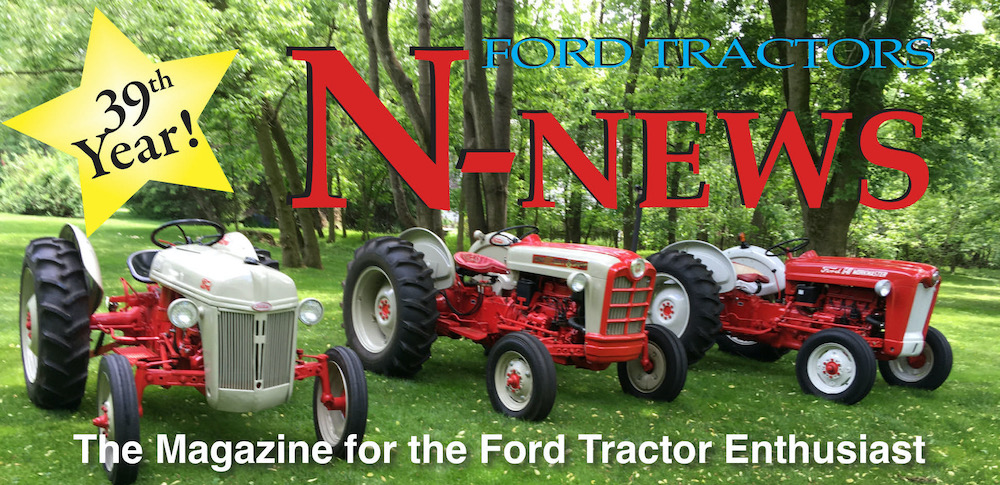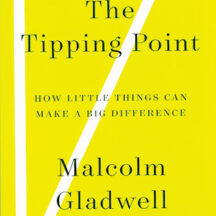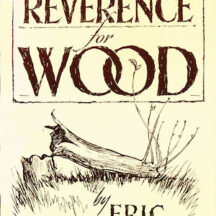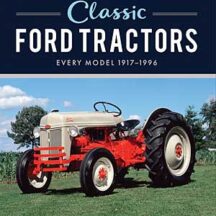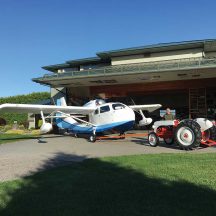My grandmother died in 1992, just as I was purchasing a beat up, two-family house, one town over from where she had lived. Growing up I was close to my grandparents, especially my paternal grandparents. For most of my youth they lived a mile down the road. My grandfather was always ready to help with whatever we grandkids were doing. In the summertime we painted houses, cleaned gutters, mowed lawns…all kinds of odd jobs, and my grandfather was right there, ready to jump in. He predeceased my grandmother by at least ten years.
When I was purchasing that first house, it was in rough shape and I needed everything. As my father and uncle worked their way through grandma’s household items, they made a pile for me. Plates, flatware, coat hangers and old electric laundry dryer…all kinds of stuff, including, clothes pins. They came in a Ball canning jar and a cloth bag. That bag was tattered and torn and re-sewn many times.
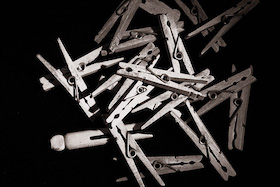
With the exception of a few plastic ones, all the clothes pins were the wooden type, with the center steel spring. I didn’t realize how good they were (and unparalleled at holding clothes on the line) until I purchased my first pack of new, grocery-store-bought clothes pins to have some extras. All of a sudden grandma’s pins seemed solid, thick and strong. The springs could hold a damp towel on the line in a stiff breeze. The “new” clothes pins, not so much.
I’d always had an affinity for old stuff, even as a kid. I loved holding my maternal grandfather’s carpentry tools. Though I wouldn’t reach for his wooden plane or hand saws too often for actual work, I loved that I had some of them nearby, overseeing what I was doing. It was almost like they spoke to me, telling me the right way to deal with that compound angle or mortise or hinge. And the same was true of those clothes pins. The difference was that though those clothes pins were antiques, they are just as good, or better, than the new version. And they spoke to me too. “Hey, just put an extra pin on that sheet, would you?!”
Even the smallest object could tell a story.
